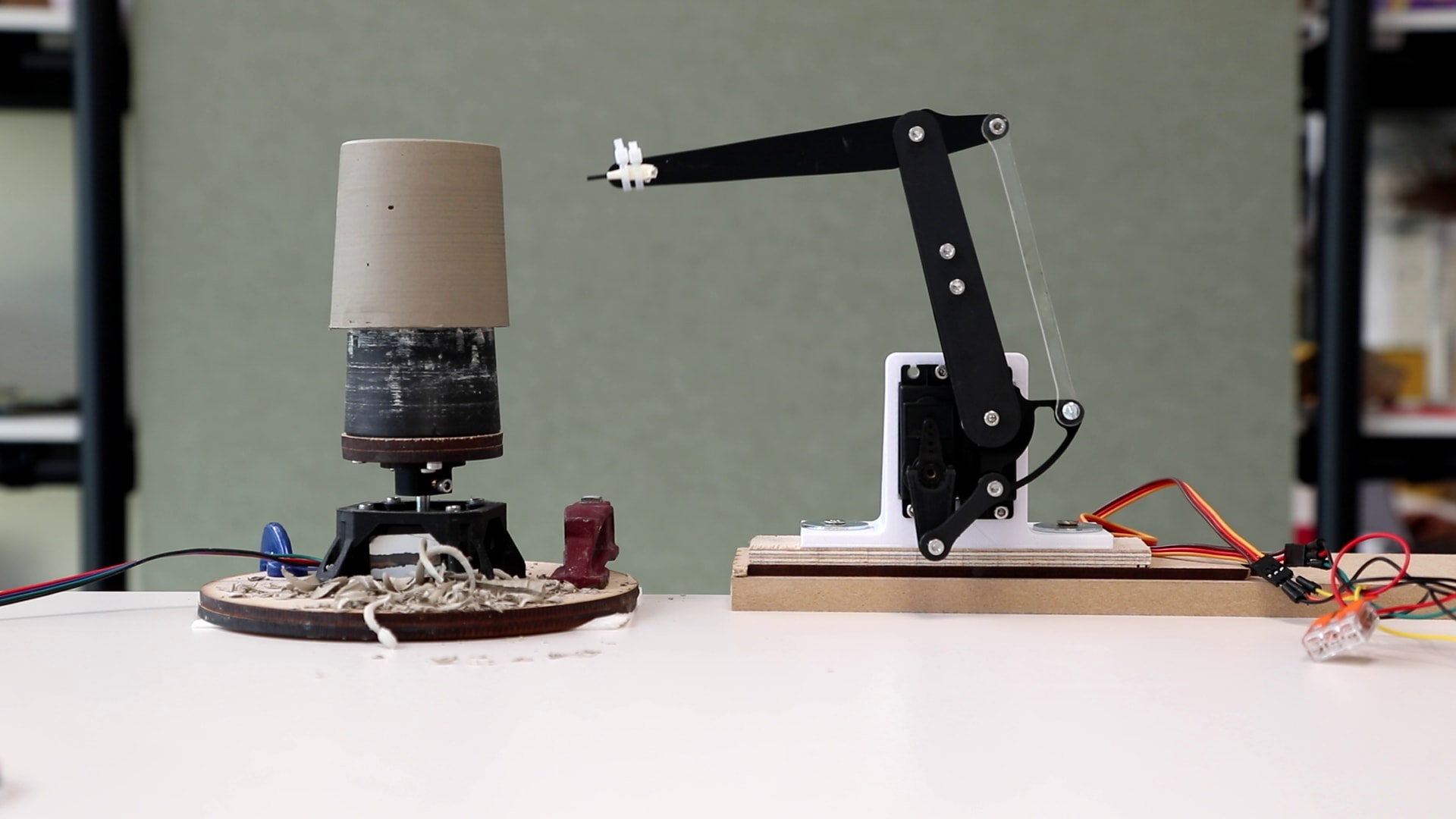Serendipity - the chance of making positive discoveries is much greater in a craftsperson's environment compared to an industrial fabrication setting. However, with the integration of digital fabrication, especially computer-controlled machines in mass production and local artisanal production, we are losing the value of serendipity.
This project explores the potential of integrating machine learning into the fabrication process to enhance serendipity. Instead of explicitly instructing the machine on where, when, and how to move (tool path), we teach it how to operate within a given environment. By doing so, the machine avoids repeating the exact path and gains the ability to make those fortuitous mistakes that can lead to positive discoveries.
As a case study, I have chosen to focus on pottery, specifically the creation of patterns on clay objects. Drawing inspiration from Wedgwood Potter's lathe and Mishima (a pattern carving technique), CarveRL is a tool that has learned how to carve clay objects and produce various patterns. When working with CarveRL, makers can not only create different patterns but also embrace the potential for serendipity.
CarveRL was developed using reinforcement learning, a technique that enables an agent to learn sequential decision-making through environment interaction.




